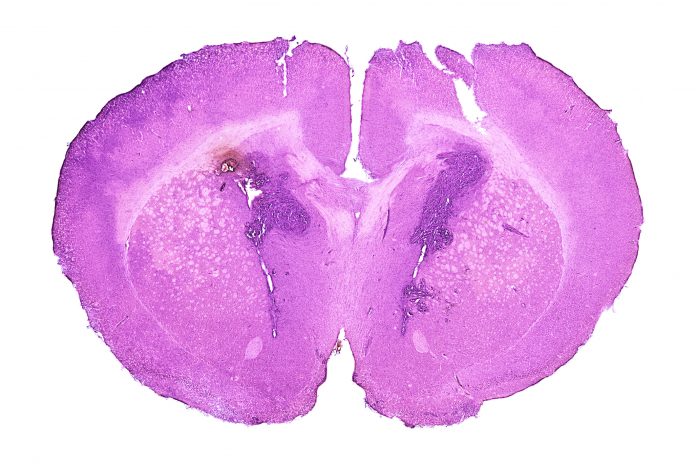Are drugs not enough to take care of your acid reflux? Do you experience such bouts more than thrice a week? Now an implant can take care of this recurrent problem. Recently, the University Hospital Southampton (UHS) in the UK implanted this novel device in patients using robotic surgery.
The device is placed on the upper part of the stomach through laparoscopic (keyhole) surgery at the juncture where the stomach meets the food pipe or oesophagus, and closes the gap through which acids pass from the stomach.
Although this device, made by a Swedish company, has been approved for use in EU countries, it is awaiting a nod from the US FDA (Food and Drug Administration). A multi-centre clinical investigation has also demonstrated its safety and effectiveness. According to Dr Piyush Ranjan, senior consultant, Department of Gastroenterology, Sir Ganga Ram Hospital, “Such interventionist efforts are not new. They aren’t meant for everybody. They are recommended for those going through a severe acid reflux problem, when routine medication does not work. They are patients who get recurrent heartburn and nausea even when they are put on a higher class of drugs called proton pump inhibitors (PPIs), which decrease stomach acid production. When these fail, invasive procedures are considered.
Who can benefit from minimally invasive interventions and implants?
This is not meant for routine acid reflux for which pills are enough. This can benefit only those patients with severe gastro-esophageal reflux disease (GERD), a condition where the contents from the stomach flow back into the oesophagus or food pipe, the long tube that carries food from the throat to the stomach. This happens because a valve called sphincter at the bottom of the oesophagus, which links it to the stomach, becomes weak. Sometimes it loosens so much as to cause a hole, which affects its function to stop stomach acids from leaking out. That is why you develop heartburn, the food gets thrown back to your mouth, you have nausea, gas and bloating. Over time, the acid eats into the lining of the food pipe, causing chronic inflammation, ulcers and sometimes cancer.
Usually, such patients are put on PPIs (like pantoprazole) but a long use of these drugs has been found to trigger side effects like chronic kidney disease, bone fractures, dementia, pneumonia, vitamin B12 deficiency and diarrhoea. That’s why researchers have been looking at various surgical interventions to close this gap.
What are other procedures in use?
The US FDA-approved Linx band, which strengthens the sphincter, is implanted during a laparoscopic (minimally invasive) surgery that typically takes less than one hour, offering patients a quicker recovery, immediate relief from reflux and a faster return to a solid food diet compared to other procedures. This band mimics the natural damaged barrier. But such patients have also experienced a return to symptoms after years.
RefluxStop claims to be a one-time intervention to close the gap but patient response has to be tracked over long years to testify to its efficacy. I do not think a watertight closure is possible simply because the diaphragm (the muscle close to it that helps us breathe) is constantly moving. The UK has a one-year data, which says that out of all 50 subjects using PPI medication at baseline and now on the device, only one patient needed to reuse drugs.
Can one avoid surgery altogether?
This option applies only to the severest of cases for whom daily functioning is a challenge. Others can manage with medication and lifestyle correction.
© The Indian Express Pvt Ltd
First uploaded on: 02-07-2024 at 15:16 IST











